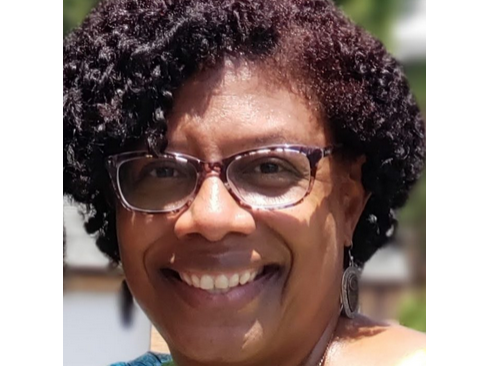My roots as an early childhood educator date back to 1975 as a Bank Street graduate student seeking my MA in Elementary Education (N-6); teaching in the Bank Street School for Children 1980-84; receiving my M.Ed. Supervision & Administration from Bank Street in 1986; and continuously connecting with colleagues in the field who have experienced Bank Street in some shape or form. I now build on and share what I learned from these experiences, as well as those from teaching and leading in early childhood and elementary settings, in my role as a leadership coach at the Institute.
Through the magic of Facebook, I recently viewed a post from a retired Bank Street professor and colleague, Hal Melnick. The post highlighted a series of 18 filmstrips produced by the college, circa 1970-1990. Watching the filmstrips (how many people today even know this medium exists?) was a sheer delight.
They are introduced as follows:
Contains selected filmstrips created by Bank Street College faculty and staff, including a series of Ford Foundation funded documentary filmstrips showing how teachers from the Bank Street School for Children explore teacher planning and thinking—how they observe children, try out ideas, re-examine and adapt their curricula.
Although I believe there is value in each of the filmstrips, I will highlight three that I found the most compelling.
First is “Children Can Cook” in which Suzanne Carothers, who recently retired as a Professor of Early Childhood Education in the Department of Teaching and Learning Department at NYU|Steinhardt and was a 3/4s teacher in the Bank Street for School for Children at this time, speaks about the importance of cooking with children:
“Cooking involves every area of the curriculum: language development, pre-reading skills, math, science, and social studies. You think of cooking with children, just learning to manage the whole experience is important. Learning to think of each other to wait and take turns.”
The simplicity of the cooking experience may hide the depth of learning and discoveries made by the children. Suzanne highlights the important events that develop over time as she creates evermore challenging and satisfying cooking activities for the children.
As an update to Suzanne Carother’s career, watch this video Suzanne made in 2015 in which she speaks wisely and eloquently about what it means to teach early childhood, work she has been dedicated to since she was seven years old.
Next I recommend “Why Dramatic Play? – Part II.” In this filmstrip, Harriet Kuffaro, a curriculum specialist, and teachers Suzanne Carothers (3’s/4’s), Barbara McAllister (4’s/5’s), and Paul Schwarz (6’s/7’s) discuss learning through play with children from three to seven years old.
This filmstrip impressed me because the participants not only present the play of children, but they unpack, analyze, and wonder about the thinking of the children. The process of exploring the thinking of children is what excites me most about my work and offers all early childhood educators the opportunity to assume the role of researcher as we support the work and growth of the children in our care.
Finally, I offer, “Painting, Collage, and Clay, An Art Program for 3 and 4 Year Olds,” by Anne Ellsworth of the Park Avenue Christian Day School. Ann Ellsworth frames her presentation in this way:
“In the beginning of the school year until the end I offer children art materials as one of the primary means to explore and understand their physical sensorial world. I never tire [of] watching a child dip a brush into paint for the first time or poke a finger into a mound of clay.”
These filmstrips offer us the opportunity to connect with early childhood educators practicing their profession 30-40 years ago. What strikes me as so important is that the nature of the work has not changed since these artifacts were produced. We continue to focus on observing and listening to children so that we can provide them with experiences that support, facilitate, and promote their intellectual, emotional, social, and physical development.
And by the way, that little bell sound you hear in the filmstrip signals it’s time to move to the next slide.
What about early childhood practice has changed? What has remained the same? Share in the chat.
Steve Castar is a Leadership Coach at the New York Early Childhood Professional Development Institute.



Thank you for your post Steve! The world is incredibly small – In the late 70’s I taught courses at Elmira College and I used the filmstrip you reference with Suzanne Carothers ! I am delighted to say that we became colleagues and I count her as a dear friend to this day. The filmstrip is probably one of the best pieces on the value of cooking with children! Literacy, science, math, social studies – and more!!!!